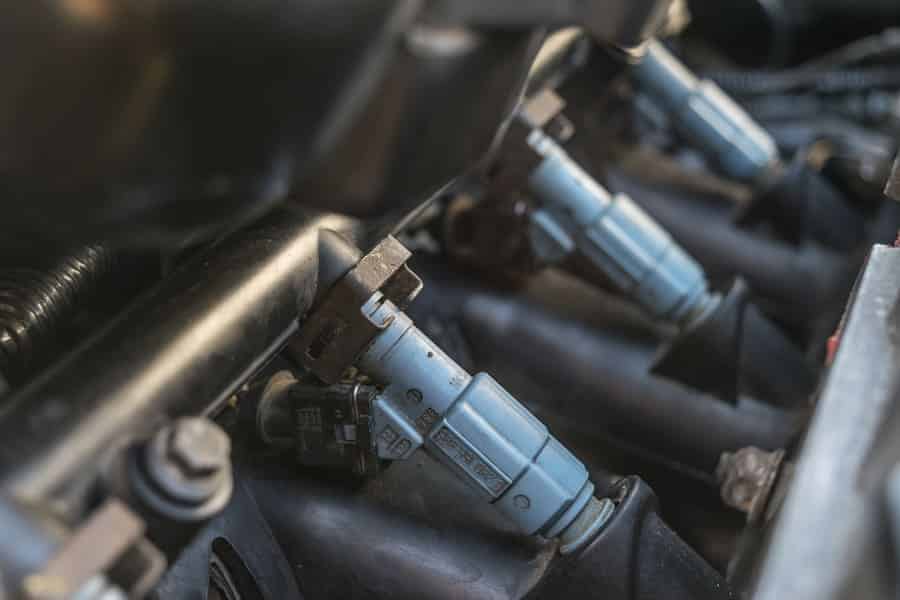
Your fuel injectors are a vital part of the engine. As part of the main combustion system, they deliver fuel into the pistons, ensuring there’s enough fuel to drive your vehicle forward as you depress the accelerator. `
To keep the injectors in tip top condition they have to be cleaned from time to time. You might even find that with some complaints such as lit check engine lights and maintenance problems can actually be solved by unclogging your injectors before you embark on a costly course of replacement fuel injector. This bodes the question – what’s the best way to get them clean?
Table of contents:
- How Fuel Injectors Become Clogged…
- What you’ll need to Clean Your Injectors
- The Step By Step Cleaning Process
- Keeping Your Injectors Clean
- Problems After Cleaning?
How Fuel Injectors Become Clogged…
Whilst we like to think that our fuel is always clean and filtered, the truth is that most petrol and diesel collects minute impurities in the form of particles once it hits your car’s internal workings. Often these will come from your own degraded fuel lines, filters or even rust on the inside of your fuel tank. With the fine nozzles on the injectors it doesn’t take long for such particles to impede the throughput of fuel.
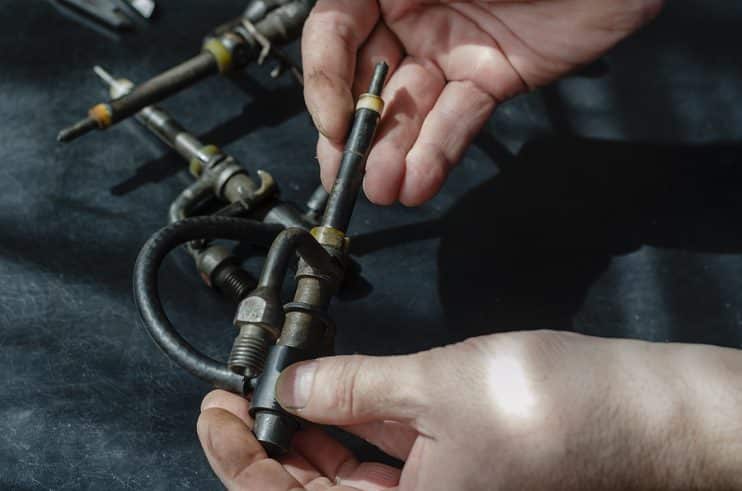
What you’ll need to Clean Your Injectors
To clean your injectors you’ll need the following:
- Fuel injector cleaner
- Flexible rubber hose
- Steel hose clamps
- A battery
- Safety goggles
- Rubber gloves
- A drip pan
- Crocodile clipped electrical leads
- New fuel injector ‘o’ rings
The Step By Step Cleaning Process
Purchase a fuel injector cleaner kit
Make sure that it’s suitable for your vehicle either by asking the shop assistant or sending an email to the online retailer. Ideally look for a package that comes with a PEA (polyetheramine) based fluid as this is very effective at breaking down the carbon and soot deposits that tend to clog the injector nozzles.
Find your fuel injectors
Yes, these are under the bonnet of your car – but with the modern engine set up they can be tricky to locate. Fortunately, in this situation the good old owner’s manual will guide you to the right place to find this part.
Disconnect the fuel pump
Take your time with this step. First you’ll want to brace the fuel pump before you apply a little force to remove the fuel injectors. Once you’ve completed the detachment process, either connect the fuel return pipe to the fuel pump, or use a u-tube to funnel fuel back into the tank. If you are concerned about the disconnect procedure, then consult YouTube for a more illustrated view if you have a popular model – or try your manual again.
Pressure regulator vacuum lines
Check your manual to find out if you have a pressure regulator vacuum line. If so, then you’ll need to carefully brace the line at the point of connection with the regulator, and then gently disconnect it.
Connect the cleaning kit
Find the fuel port and connect up the cleaning kit. Follow the instructions on the kit to the letter, and make sure that the fitting is snug and secure.
Remove fuel tank cap
Stop pressure from building up inside your fuel system by removing the cap on your fuel tank. As the kit uses a pressurised system to blow away the dirt, it’s vital to have somewhere for the pressure to escape.
Check fuel pump is turned off
After you double check that your fuel pump is turned off, start up the car to get the cleaning fluid pumping through the system. Your motor will stop running when all the cleaning fluid has been put through the system.
Reinstalling
Time to put everything back in place. Reattach the pressure regulator vacuum line if you have one, reconnect the fuel injectors, and put the cap back on your fuel tank.
Test the system
Get a friend behind the wheel and check that the car’s fuel injectors are working as you’d expect. Any troubles or strange noises? Take your vehicle to the mechanic to get it checked out fully.
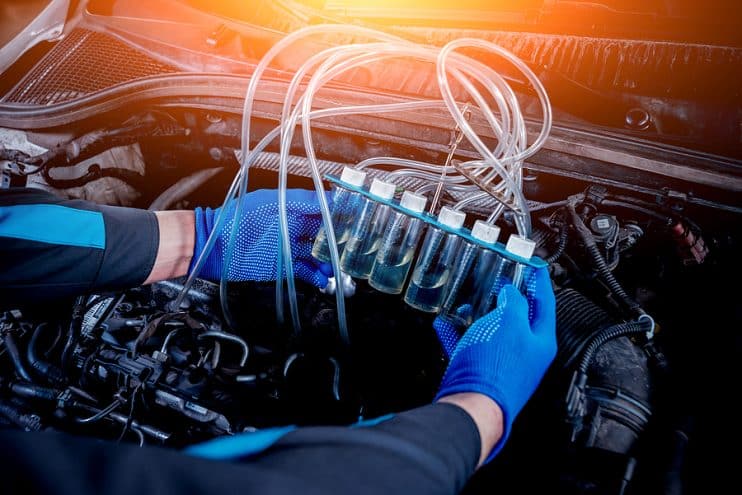
Keeping Your Injectors Clean
Naturally you’ll want to keep your injectors clean to prevent the build-up of carbon deposits, maintain engine efficiency, and reduce the amount of cleaning and servicing necessary for smooth, efficient running. The following advice will help you:
Use good quality fuel – cheap or low cost fuel can often contain impurities that will clog the injector nozzles. Watch out for additives and a lack in detergents in the fuel, which can cause problems for your engine.
Replace your fuel filter regularly – this part should be replaced after your vehicle has travelled a set number of miles. Once you’ve exceeded that number, then the efficiency is reduced, and dirt is more likely to get into the fuel system.
Cleaning fuel additives – consider putting some specialised detergent in your fuel. Check any product to make sure it’s suitable for your car, and if possible, get professional advice.
Get the professionals in – if you cannot clean the injectors under your own steam – make an appointment at your local garage and get proper help. Most mechanics should be able to perform the job to a high standard for you.
Problems After Cleaning?
You might find that the cleaning process as described doesn’t improve the efficiency of your injectors. This could be down to severe clogging and the build up of dirt in the nozzles, which will impact the effectiveness of the cleaning solution. Unfortunately if the clogging is too bad, you will need to look at replacing the part.
Are you experiencing regular engine problems such as misfiring cylinders, check engine lights and stalling? It could be that you need to replace your injectors altogether. Get the system checked out properly.
Also be aware that other problems in the engine could be affecting your engine’s performance. If you’re looking at sparkling clean injectors and your car is still stalling and misfiring, then take it to the service centre, where the personnel can perform a full array of diagnostic tests and identify any additional problems with your car.

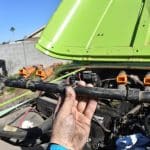
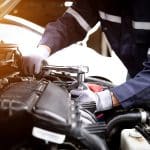
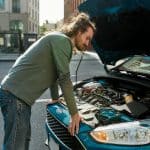

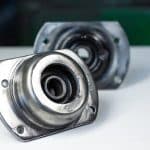
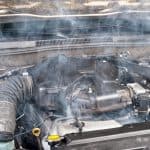
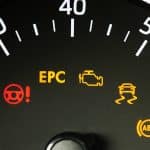
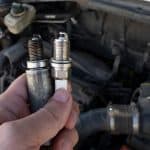
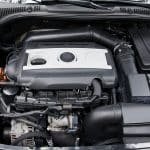
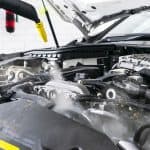
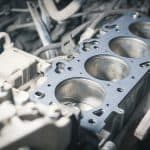
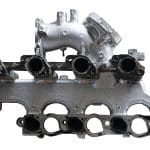
.png)